Bill D. (VA)
Silver Member
First I wanted to again give a big thanks to Crusader's friend Kev for ID'ing that awesome seal I recently posted as being related to the ancestry of Robert E. Lee. Doesn't get any better than that. I've also been trying to ID some other seals that my friend Stan and I dug recently, and hope that Kev or some of the other knowledgeable posters here can help out. First is that very cool seal I previously posted depicting what looks like a dragon. That has to be a coat of arms for some prominent Virginia family back in the late 1600s to early 1700s. This seal was dug in the same pit as the Sir Henry Chichely seal, and they're both shown together below along with another pic of just the dragon seal by itself. The next 2 pics show another unknown coat of arms next to another Chichely seal, plus one of the unknown seal by itself. It has a slight similarity to the Lee seal, but they're definitely not the same. The last one we need an ID on is the one with the monogram "IM" or "JM". It was found a couple weeks ago in the same pit as a very small Robert "King" Carter seal. And lastly I'm just throwing out another pic of 2 awesome seals I dug last year in this same spot that are dated 1713 and 1719 in case some of you haven't seen those. Don't forget that you can click on the thumbnails to enlarge the pics for better detail. Anyway, I'd appreciate any help with the IDs of the 3 unknown seals. Thanks in advance for your help.
Whoops - looks like the last 2 pics were loaded in reverse order.
Whoops - looks like the last 2 pics were loaded in reverse order.
Amazon Forum Fav 👍
Attachments
Last edited:
Upvote
10


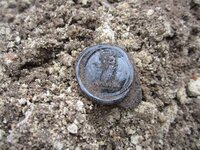
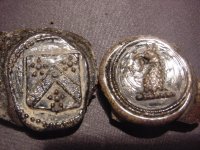
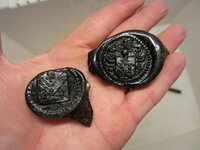
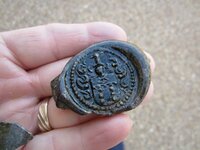
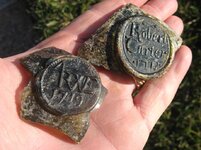
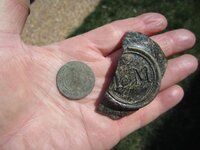







 sry can't help
sry can't help










